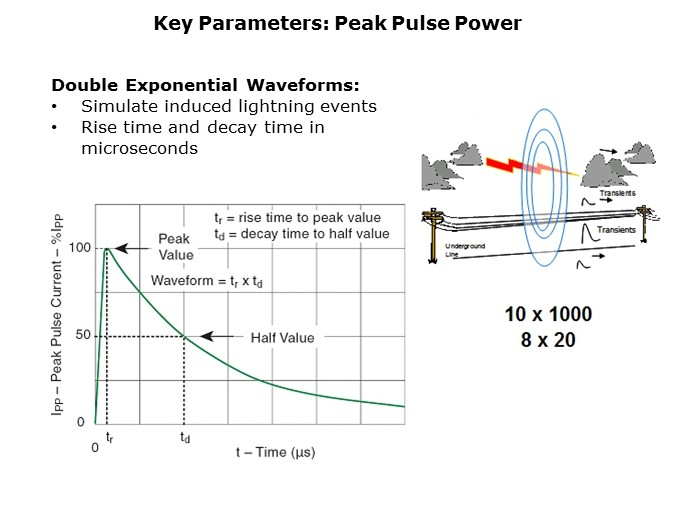A long elevator sensor cable-cable looks like a great antenna, so low impedance and filters are needed to attenuate RF and surge impulse noise but not sotoo low that it conducts 100A!
Both modes have been supported by TVS's due to very high dynamic range (<<1uA to >10A), fast response time andand low resistance. Note that these waveforms are not power waveforms. They are either voltage or current waveforms. To measure peak pulse power, the voltage and the current must both be measured and the peaks multiplied together to get the peak pulse power.



